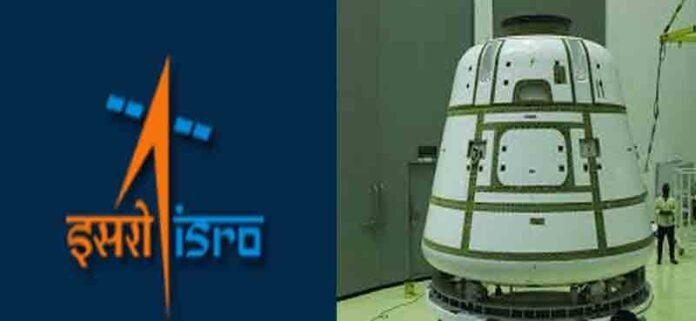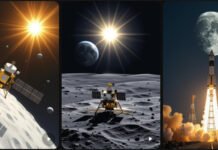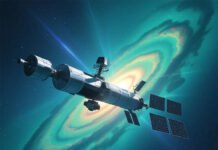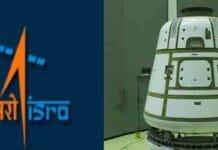New Delhi – ISRO announced the launch of country’s first analog space mission which took off at Leh in Ladakh. The mission is led by ISRO’s Human Space Flight Centre developed in partnership with AAKA Space Studio, University of Ladakh, IIT Bombay and supported by Ladakh Autonomous Hill Development Council. The mission aims to simulate life in an interplanetary habitat and explore the challenges of setting up a base station beyond Earth.
A joint effort by Human Space Flight Centre, ISRO supported by AAKA Space Studio, University of Ladakh, IIT Bombay and Ladakh Autonomous Hill Development Council, the mission will simulate life in an interplanetary habitat to address the challenges of setting up a base station beyond Earth. Ladakh’s extreme isolation, harsh climate and unique geographical features make it an ideal location to simulate the challenges faced by astronauts on these celestial bodies.
The mission will contribute valuable data to support India’s Gaganyaan programme and future space exploration. Ladakh’s dry climate, high altitude, barren terrain closely resembles Mars and lunar conditions, making it ideal for analog research. Dr. Alok Kumar, one of India’s leading scientists, initially proposed the idea of using Ladakh for space research.
Analog missions are field tests in Earth’s environment that mimic extreme space conditions. Analog missions help scientists and engineers understand how humans, robots and technology might respond in space-like conditions. NASA engineers and scientists work with government agencies, academia and industry to gather requirements for testing in harsh environments before they are used in space. The tests involve new technologies, robotic equipment, vehicles, habitats, communications, power generation, mobility, infrastructure and storage.
These missions also observe behavioral effects such as isolation, team dynamics and confinement, which aid in preparations for deep space missions such as to asteroids or Mars. Test sites for these missions include diverse locations such as oceans, deserts, and volcanic landscapes that replicate the challenges of space exploration.
















